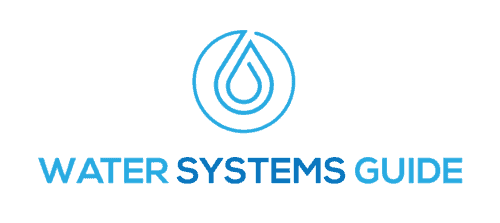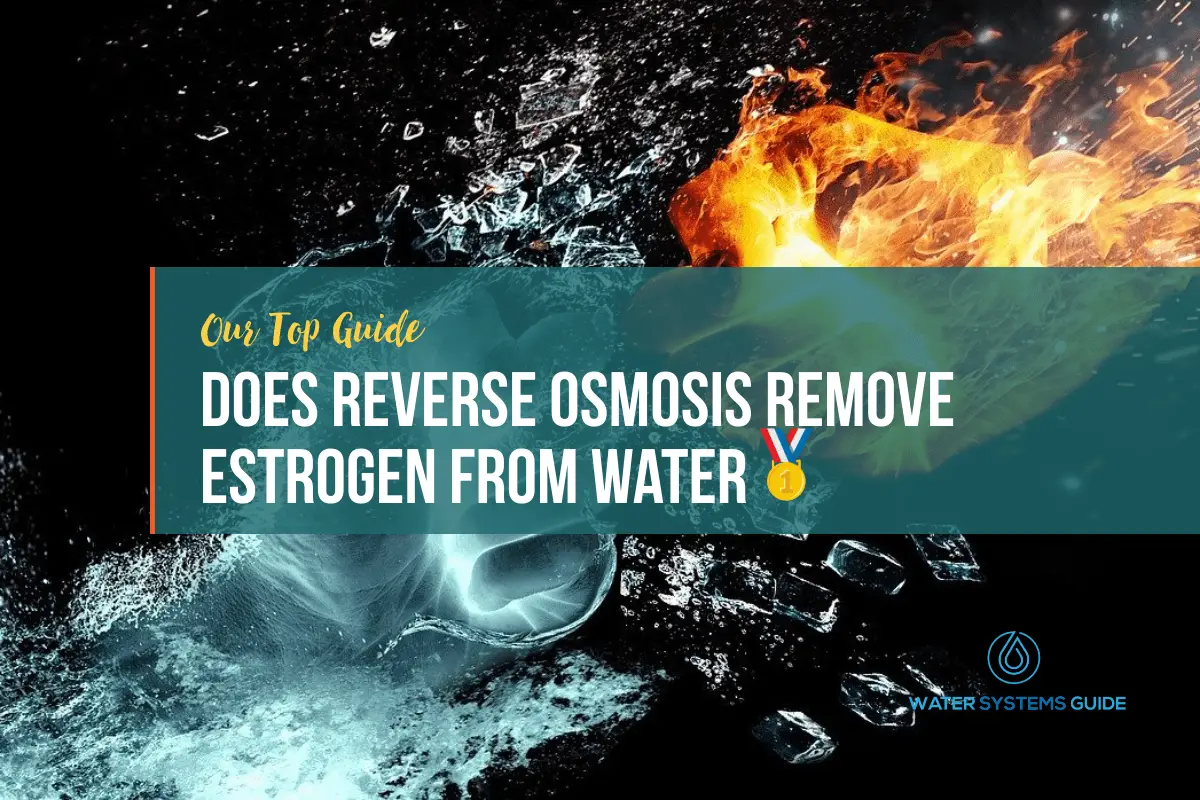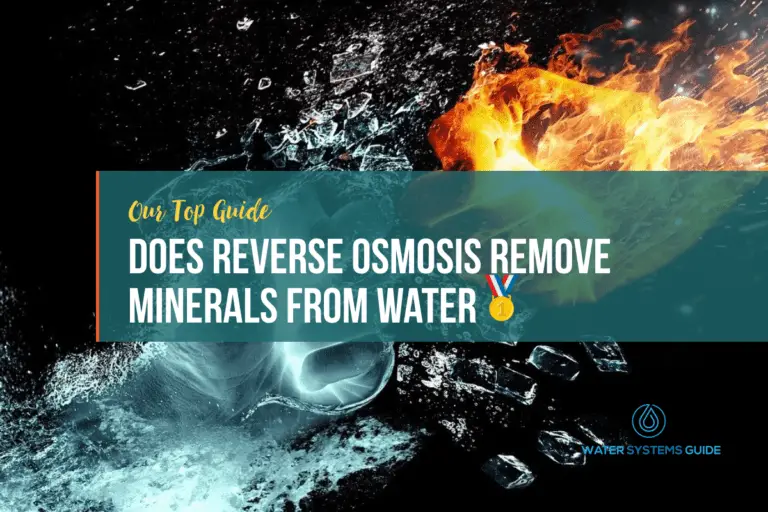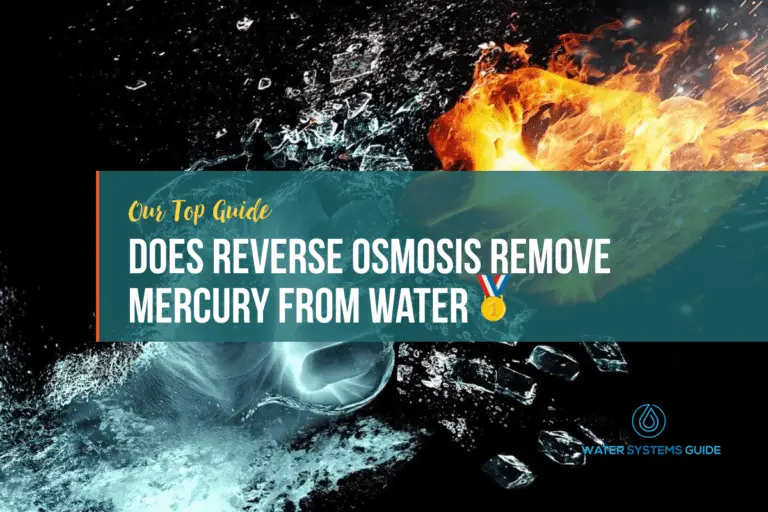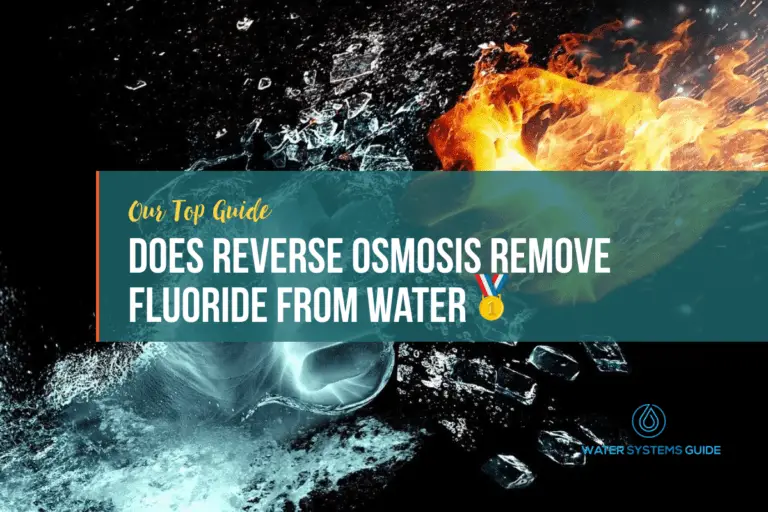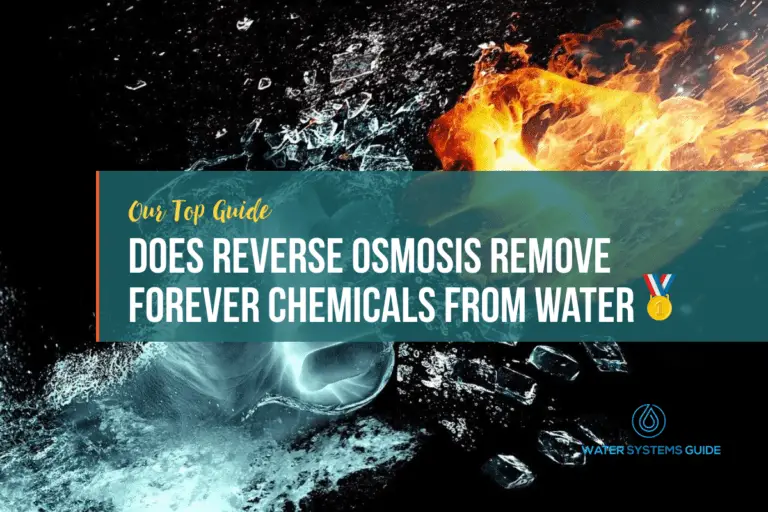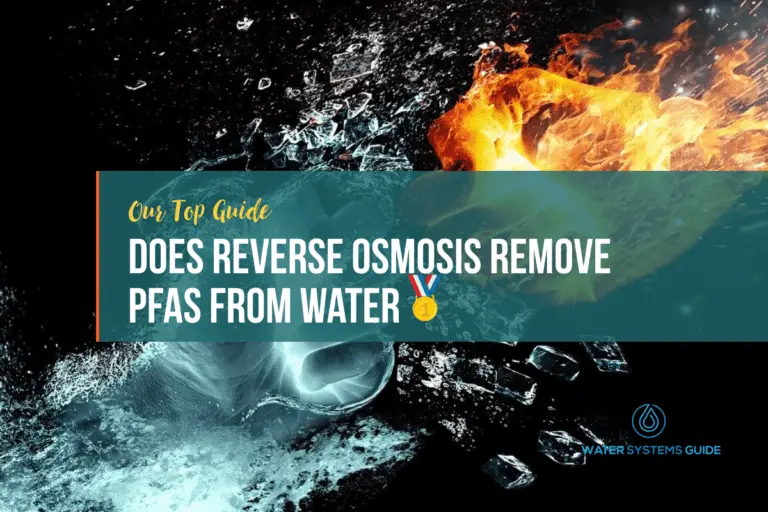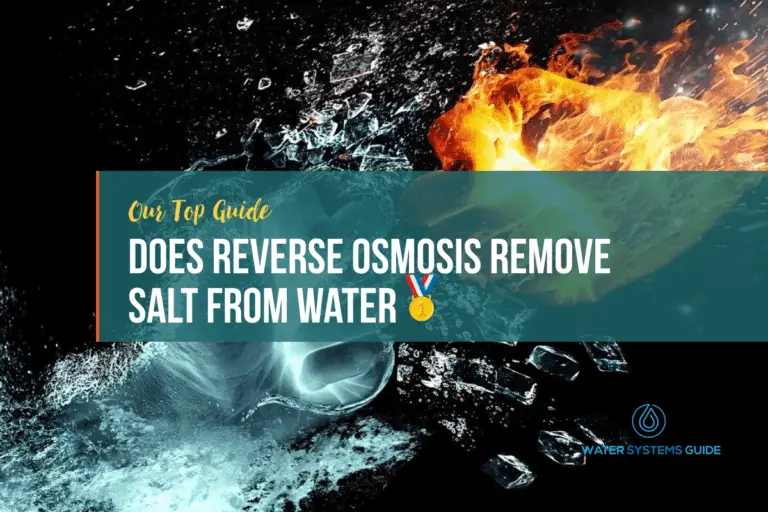Affiliate Disclaimer: Please note that some of the links on this website are affiliate links, which means that we may earn a commission if you click on the link and make a purchase. However, we want to assure you that all of our recommendations are 100% genuine and unbiased. We have a strict
editorial process in place that ensures our recommendations are based solely on our assessment of the products and services we review. Our goal is to provide you with the most accurate and helpful information possible so that you can make informed decisions about the products and services you purchase. We appreciate your support of our website, so thank-you for reading.
Hi! I'm Charlie. If you're wondering why I started WaterSystemsGuide, it's because I previously worked as a water systems specialist/consultant for a large government initiative in California, USA. However, after leaving, I wanted to provide advice and information for others, to pass my knowledge on, so I created this site!
Latest posts by Charlie W. Palmer
(see all)In this article we’re going to be discussing whether reverse osmosis is effective at removing estrogen from water.
However, for those who are unfamiliar with reverse osmosis, it’s simply a water filtration process that uses a semipermeable membrane to remove contaminants, viruses, and bacteria from water.
What Exactly Is Estrogen
Estrogen is a hormone that is produced by the ovaries and plays an important role in the development of female sexual characteristics and the regulation of the menstrual cycle.
Estrogen levels fluctuate throughout a woman’s life, but are typically highest during her childbearing years. Too much or too little estrogen can cause problems, and estrogen levels can be affected by a variety of factors, including diet, exercise, stress, and medications.
How Does Estrogen Get Into Our Water Supplies?
There are a few ways that estrogen can end up in our water supplies. One way is through the use of birth control pills. When women take birth control pills, the hormones in the pills are excreted in their urine. This hormone-laden urine can then end up in our water supply if it’s not properly treated at sewage plants.
Another potential source of estrogen in our water is from livestock. Cattle and other animals are often given hormones to help them grow larger, and when these animals relieve themselves, their hormone-laden waste can also end up in our water supplies.
Does RO Remove Estrogen from Drinking Water?
There is no simple answer to this question since it is not known if RO water technology removes estrogen from drinking water. However, it is generally believed that RO systems are effective in removing a wide range of contaminants, including hormones, from water.
With that being said, the more filter stages that a RO system has, the more likely it is to filter out a wider range of contaminants in the water supply.
How to test your water supply for Estrogen
If you’re concerned about estrogen levels in your water supply, you can contact your local water supplier to request a water quality test. This test will look for the presence of estrogen and other contaminants in your water. If any are found, you will be advised to take appropriate precautions to protect yourself and your family from long-term exposure. Especially since long-term estrogen consumption is not beneficial for males.
Once you have the results of your water test, you can compare them to Environmental Protection Agency (EPA) standards to see if there is cause for concern.
Alternatively you can hire a professional, who will take care of the entire process, as well as advise you about whether water treatment is necessary.
What else does reverse osmosis remove from water?
While the
Environmental Protection Agency (EPA) requires that most municipal water supplies in the United States meet strict safety standards, trace amounts of these and other contaminants can still end up in tap water. As a result, many people use reverse osmosis systems to purify their drinking water even further.
Alternative Methods Of Removing Estrogen From Water
According to a study completed in the NLOM, Granular Activated Carbon (GAC) filters are extremely effective at removing estrogens and other steroid hormones from water.
“Estrogens (estron: E1; estradiol: E2; estriol: E3) are major water pollutants. For the removal of estrogens, activated carbon (AC) and ozone treatments were employed, and the chemical oxygen demand (COD) and pH of a single solution and multiple solution systems were investigated. The removal of estrogens increased with the amount of AC. The percentage of removed estrogens by AC in the single solution system was greater than that in the ternary solution system. The estrogens were completely removed using ozone, which also reduced COD and pH. The removal of estrogens increased the water quality and decreased the amount of organic carbon.”
Conclusion
In summary, it’s not yet clear if RO water technology removes estrogen from drinking water. However, it is generally believed that RO systems are effective in removing a wide range of contaminants, including hormones, from water.
With that being said, we can see that GAC filters are effective, and so combined with RO, we expect that it will be superior at reducing estrogen levels.
With that being said, before going about purchasing a RO system, it’s important to test your water supply in order to be sure about whether you need such a system.
It’s
better to use a point-of-entry (POE) RO filtration system, such as a whole house RO system, as this will take care of your entire home’s water supply. This differs from a point-of-use (POU) system which would only treat water at the faucet, I.E. an under-sink RO system.
